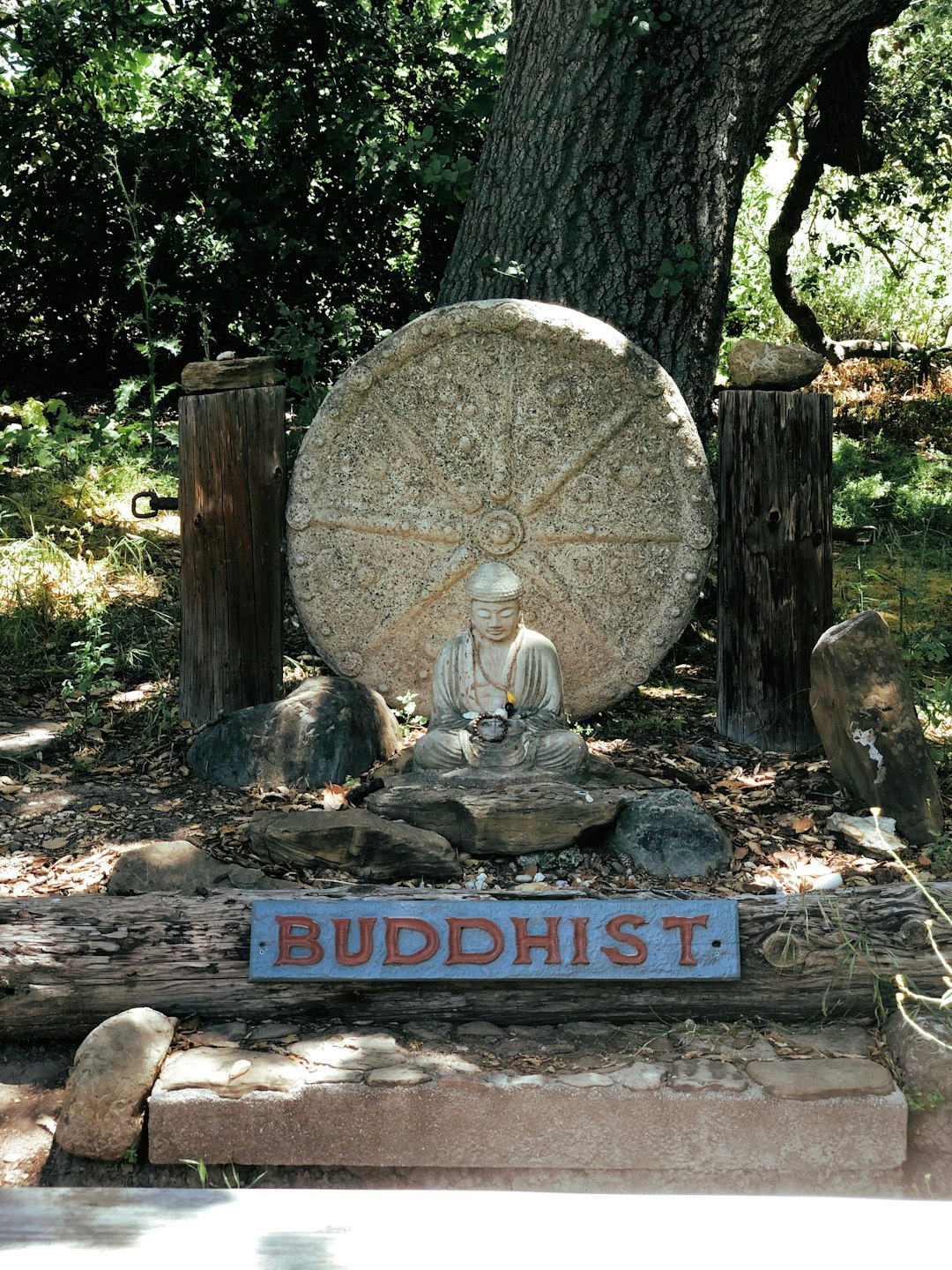Buddhism: Teachings, History, Practices, and Global Impact
Introduction
Buddhism is one of the world's major religions, with a rich history spanning over 2,500 years. Founded in ancient India, Buddhism has evolved into numerous forms and cultures, offering profound teachings on suffering, consciousness, and the path to enlightenment. Its influence is felt not only in spiritual and philosophical realms but also in art, literature, psychology, and social movements around the globe. This article explores the origins, key concepts, practices, branches, and continued relevance of Buddhism today.
The Historical Buddha and the Origins of Buddhism
Siddhartha Gautama, later known as the Buddha ("the Awakened One"), was born around the 5th century BCE in Lumbini, in present-day Nepal. Raised in luxury, he became disillusioned with worldly pleasures and set off in search of spiritual liberation. After years of ascetic practice, he attained enlightenment under the Bodhi tree in Bodh Gaya, India.
Key Life Events of Siddhartha Gautama
| Event | Description | Approximate Date |
|---|---|---|
| Birth | Born as a prince in Lumbini | ca. 563 BCE |
| The Four Sights | Encountered old age, illness, death, and a holy man | ca. 534 BCE |
| The Great Renunciation | Left his family to seek spiritual truth | ca. 534 BCE |
| Enlightenment | Achieved Buddhahood in Bodh Gaya | ca. 528 BCE |
| First Sermon | Taught the Four Noble Truths at Sarnath | ca. 528 BCE |
| Parinirvana (Death) | Passed away in Kushinagar | ca. 483 BCE |
Core Teachings of Buddhism
At the heart of the Buddha’s teachings are insights into the nature of suffering, its causes, and the means of overcoming it. These are encapsulated in the Four Noble Truths and the Noble Eightfold Path.
The Four Noble Truths
- Dukkha: Life is characterized by suffering and unsatisfactoriness.
- Samudaya: Suffering is caused by craving and attachment (tanha).
- Nirodha: It is possible to cease suffering by eliminating craving.
- Magga: The path to the end of suffering is the Noble Eightfold Path.
The Noble Eightfold Path
| Path Factor | Description |
|---|---|
| Right View | Understanding reality and the Four Truths |
| Right Intention | Commitment to ethical and mental self-improvement |
| Right Speech | Speaking truthfully and kindly |
| Right Action | Ethical conduct; not harming others |
| Right Livelihood | Earning a living in a righteous way |
| Right Effort | Cultivating positive mental states |
| Right Mindfulness | Developing awareness of body and mind |
| Right Concentration | Practicing meditation for mental clarity |
The Three Jewels
Buddhists take refuge in:
- The Buddha (the enlightened teacher)
- The Dharma (the teachings)
- The Sangha (the spiritual community)
Major Schools of Buddhism
As Buddhism spread across Asia, it diversified into several branches:
| School | Key Regions | Distinct Features |
|---|---|---|
| Theravāda | Sri Lanka, Thailand, Myanmar, Laos, Cambodia | Emphasizes monastic discipline and earliest texts (Pali Canon) |
| Mahāyāna | China, Korea, Japan, Vietnam | Broad scriptures, Bodhisattva ideal, great compassion |
| Vajrayāna | Tibet, Mongolia, Bhutan | Esoteric rituals, mantras, tantra, lamas |
Key Differences
| Aspect | Theravāda | Mahāyāna | Vajrayāna |
|---|---|---|---|
| Goal | Arhat (personal enlightenment) | Bodhisattva (universal enlightenment) | Buddha-hood via esoteric means |
| Language | Pali | Sanskrit, Chinese, others | Tibetan, Sanskrit |
| Texts | Pali Canon | Mahāyāna Sūtras | Tantras, other texts |
Buddhist Practice
Meditation and Mindfulness
Meditation is central in Buddhism, aiming to calm the mind, develop insight, and cultivate compassion and wisdom. Practices include:
- Samatha (concentration): Calming the mind
- Vipassana (insight): Seeing things as they truly are
- Metta Bhavana: Loving-kindness meditation
Ethical Conduct
The Five Precepts for lay Buddhists:
- Refrain from killing living beings.
- Refrain from taking what is not given.
- Refrain from sexual misconduct.
- Refrain from false speech.
- Refrain from intoxicating drinks and drugs.
Rituals and Festivals
- Vesak: Celebrates the Buddha’s birth, enlightenment, and death.
- Obon (Japan): Honors ancestors.
- Losar (Tibet): Tibetan New Year.
Buddhism in the Modern World
Global Spread
Buddhism now has around 500 million followers worldwide. It is flourishing in the East and gaining popularity in the West, influencing psychology (mindfulness), philosophy, and social movements.
| Continent | Major Countries | Estimated Buddhist Population |
|---|---|---|
| Asia | China, Thailand, Japan, Vietnam, Myanmar | 95% of global Buddhists |
| Europe | UK, France, Germany, Russia | Growing communities |
| North America | USA, Canada | Diverse Buddhist diaspora |
| Australia | Australia | Small, but rising |
Contributions to Society
- Mindfulness techniques adapted into therapy (MBSR, DBT)
- Advocacy for nonviolence and environmentalism
- Influence in art, architecture, film, and literature
Conclusion
Buddhism has emerged as a compassionate, pragmatic, and philosophical system that addresses fundamental aspects of human existence. Whether practiced as a religion or a philosophy, Buddhism’s core teachings continue to inspire individuals toward a more mindful, ethical, and harmonious life. As it adapts to the modern world, Buddhism bridges ancient wisdom and contemporary needs, offering tools for personal transformation and global peace.
Further Reading
- What the Buddha Taught by Walpola Rahula
- The Heart of the Buddha's Teaching by Thich Nhat Hanh
- Buddhism Without Beliefs by Stephen Batchelor
Note: For more detailed tables and data, consult academic sources on Buddhist history and demography, as statistics may vary.

Comments
No comments yet. Be the first to comment!